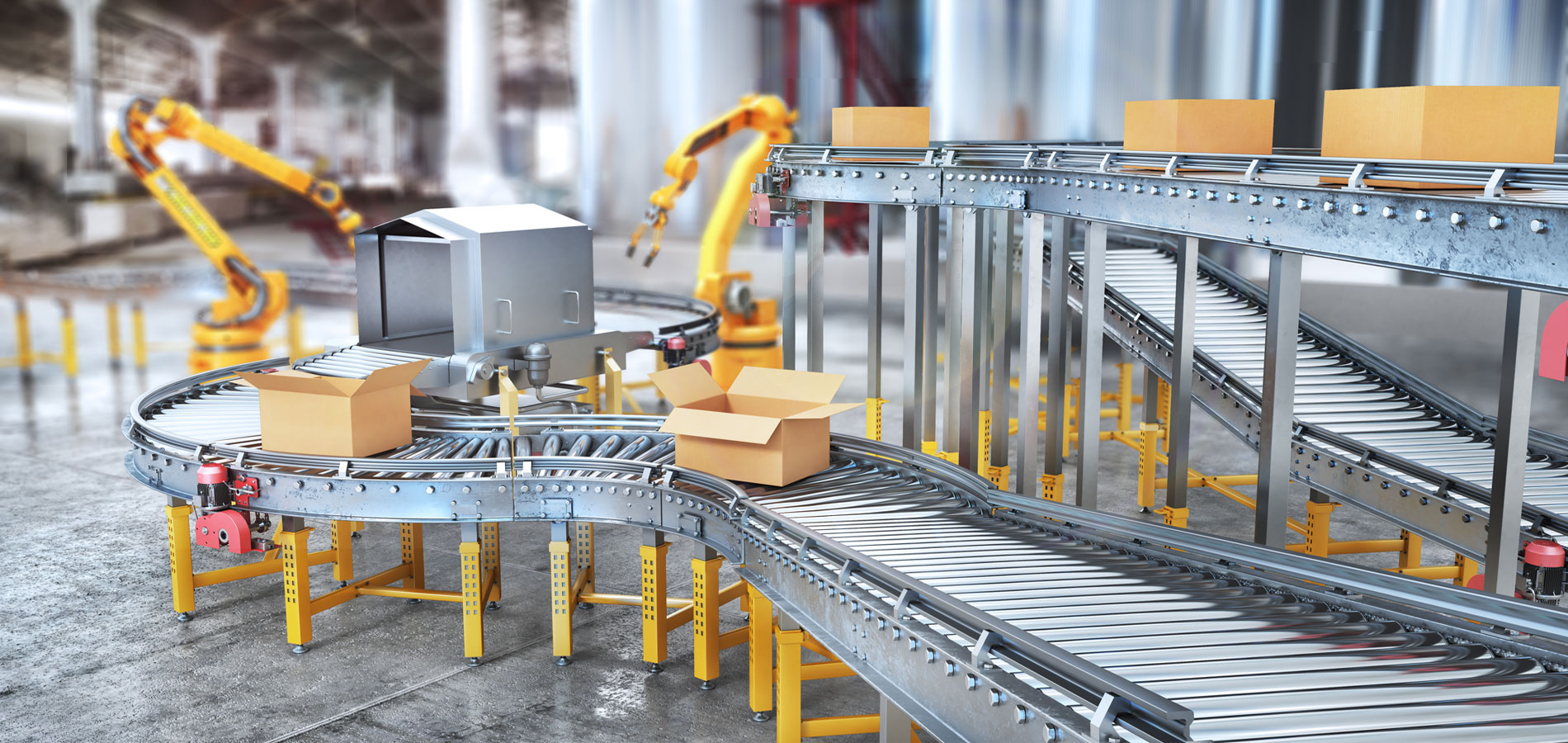The Importance of Belt Selection in Assembly Line Efficiency
The Importance of Belt Selection in Assembly Line Efficiency
Blog Article

In the fast-paced world of manufacturing, the efficiency of an assembly line can make or break productivity. One often overlooked yet crucial element in this equation is the selection of the right conveyor and drive belts. Whether a company opts for rubber conveyor belts, PVC conveyor belts, or rubber drive belts, the choice directly impacts not only the operational smoothness but also the overall throughput of the production process.
The design, development, and production of these belts are essential to ensure they meet the specific needs of an assembly line. Each type of belt has its unique properties suited for various applications, materials, and environments. Understanding these differences can lead to better decision-making, resulting in enhanced efficiency and reduced operational costs in the long run. Making the right selection is pivotal for manufacturers aiming to streamline their processes and stay competitive in today’s market.
Types of Conveyor Belts
When considering conveyor belts for assembly line efficiency, it is essential to understand the various types available. Rubber conveyor belts are one of the most commonly used types due to their durability and flexibility. They are well-suited for transporting heavy and abrasive materials, making them ideal for industries such as mining and manufacturing. The design and development of rubber conveyor belts focus on enhancing strength and resistance to wear, which helps in maintaining a smooth operation over time.
PVC conveyor belts offer a different set of advantages, particularly in terms of hygiene and surface characteristics. These belts are often used in food processing and packaging industries where cleanliness is crucial. PVC belts are easy to clean and provide a non-porous surface that resists bacteria and contaminants. The production of PVC conveyor belts emphasizes flexibility, lightweight design, and chemical resistance, ensuring they meet industry-specific standards.
Rubber drive belts play a critical role in the functionality of machinery involved in assembly lines. These belts are designed to transmit power between different components, ensuring smooth operation and efficiency. The development of rubber drive belts focuses on achieving optimal grip and minimizing slippage, which is vital for maintaining consistent speeds in machinery. A well-selected rubber drive belt can significantly contribute to the overall effectiveness of an assembly line.
Impact on Assembly Line Efficiency
The selection of the appropriate conveyor belt plays a significant role in the overall efficiency of an assembly line. Rubber conveyor belts, known for their durability and flexibility, can handle a variety of materials and conditions. This adaptability allows for smooth transitions and minimal downtime, which are crucial for maintaining high productivity levels. When the right belt is chosen, it can reduce wear and tear on machinery, leading to fewer breakdowns and continuous operation.
On the other hand, PVC conveyor belts offer specific advantages when it comes to hygiene and ease of cleaning. This is particularly important in industries such as food processing and pharmaceuticals, where sanitation standards are high. By implementing PVC belts, companies can ensure that their assembly lines meet these standards without compromising efficiency. The lightweight nature and lower friction of PVC belts also contribute to faster movement of products, enhancing throughput.
Steel Cord Conveyor Belt Supplier
Rubber drive belts are equally vital in the assembly line mechanism, providing necessary power transmission to various equipment. Their strength and reliability are critical in maintaining consistent operation of conveyor systems. Properly selecting drive belts that match the operational demands can lead to improved energy efficiency and reduced operational costs. In essence, the right belt selection across different types directly impacts assembly line effectiveness, influencing everything from speed to maintenance needs.
Selecting the Right Belt for Your Needs
Choosing the appropriate conveyor belt for your assembly line is crucial to ensure optimal efficiency and performance. The first step is to assess the specific requirements of your application, including the type of materials being transported, environmental conditions, and the weight load. Rubber conveyor belts are typically preferred for heavy-duty applications due to their robustness, while PVC conveyor belts are ideal for lighter loads and provide excellent resistance to abrasions and chemicals.
It's also important to consider the design of the belt. Different industries may require specialized belts with unique features such as heat resistance, anti-static properties, or flexibility. Rubber drive belts are essential when it comes to providing the necessary torque and power transmission in machinery. Make sure to evaluate the compatibility of the belt design with existing equipment to prevent any operational interruptions.
Lastly, collaborate with a manufacturer who focuses on the development and production of high-quality belts. They should be able to guide you in selecting the right rubber or PVC conveyor belt based on your operational needs and provide tailored solutions. Investing in the correct belt not only enhances assembly line efficiency but also minimizes downtime and reduces maintenance costs in the long run.
Report this page